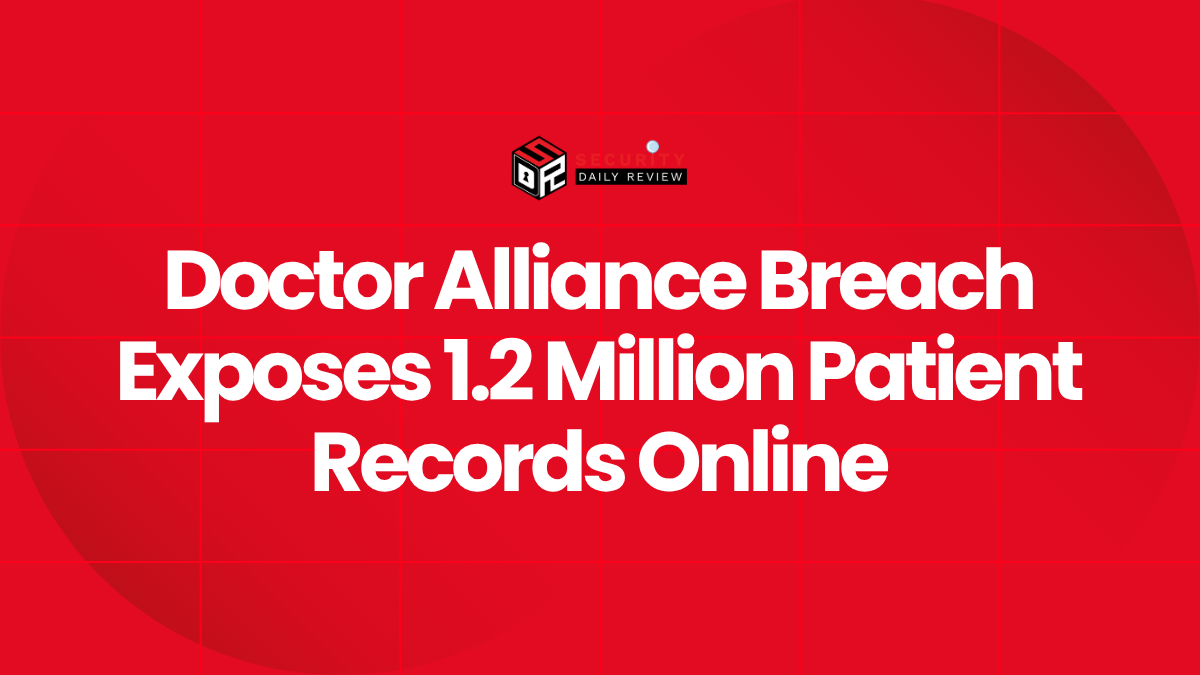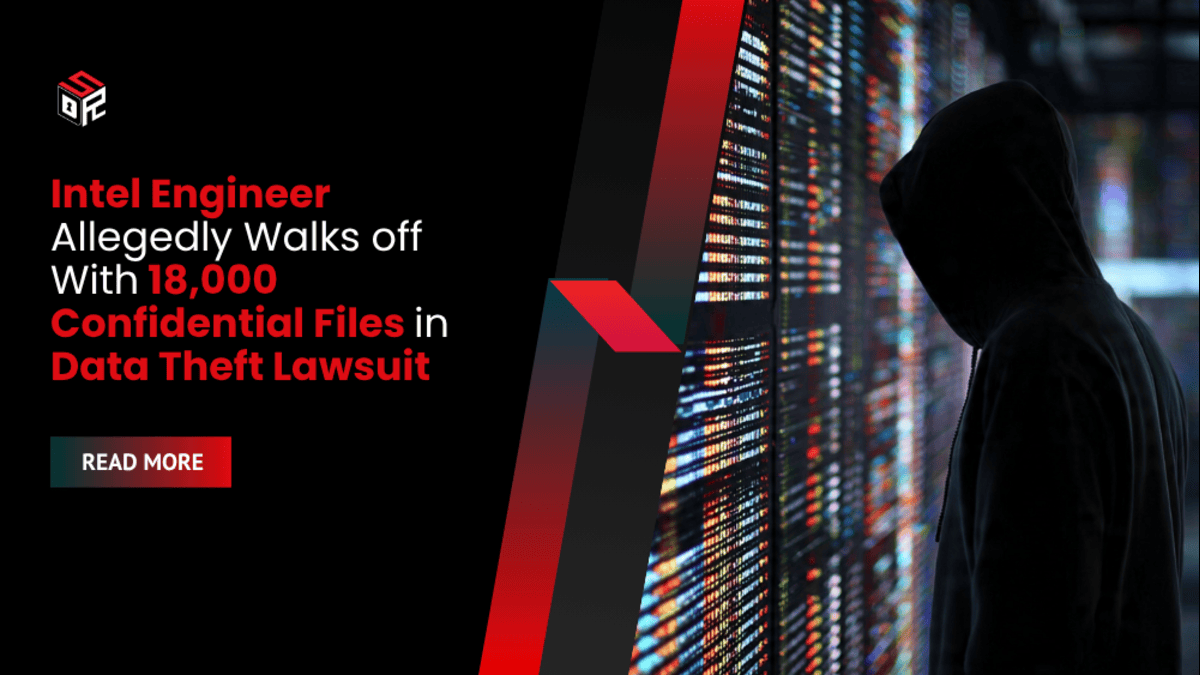In its November 2025 Security Patch Day update, German enterprise software giant SAP announced it had resolved 19 security vulnerabilities across a range of products. The most severe of these, a critical remote code execution (RCE) flaw tracked as CVE-2025-42890, affects the SQL Anywhere Monitor component. Notably, the issue stems from the use of hardcoded credentials, earning it the highest possible CVSS v3 score of 10.0.
This critical vulnerability underlines ongoing concerns about hardcoded credentials and their exploitation potential by threat actors seeking unauthorized access to enterprise systems. Organizations relying on SAP infrastructure should prioritize patching to mitigate possible compromise vectors.
SAP Vulnerability Overview Highlights Critical Security Risks
SAP’s disclosure highlights how embedded credentials—historically discouraged due to their risk potential—can result in catastrophic access control failures when integrated into enterprise back-end monitoring tools. CVE-2025-42890, in particular, puts systems at risk of complete compromise.
Critical Remote Code Execution in SQL Anywhere Monitor Raises Red Flags
SQL Anywhere Monitor is a diagnostic interface used to monitor databases running in production environments. According to SAP’s advisory, the vulnerability allows authenticated remote attackers to bypass standard authentication mechanisms through the use of hardwired credentials. Successful exploitation could potentially lead to arbitrary command execution with elevated privileges.
“The presence of hardcoded credentials in the affected component constitutes an immediate RCE risk and should be prioritized for mitigation.” — SAP Security Advisory, November 2025
This issue is classified as critical, and given its maximal CVSS score, it signals a clear and present danger if left unpatched.
Additional Vulnerabilities Span Business-Critical Systems
Aside from CVE-2025-42890, SAP patched 18 other vulnerabilities affecting products including SAP BusinessObjects, SAP Business Client, and SAP NetWeaver. While none equaled the criticality of the Monitor flaw, several rated high to medium severity due to potential impacts such as:
- Cross-site scripting (XSS)
- Privilege escalation
- Information disclosure
- Denial of service (DoS)
SAP customers are advised to review the full patch guidance and apply updates in a timely manner to reduce threat exposure.
Hardcoded Credentials Remain an Enduring Industry Weakness
The presence of hardcoded credentials has long been identified by the cybersecurity community as a dangerous anti-pattern, particularly when embedded into enterprise software components. Attackers routinely search for such credentials in source code, configuration files, or binaries through automated scanning tools and static analysis.
Why Hardcoded Keys Matter in Secure Development Lifecycle
When developers include hardcoded credentials to simplify internal testing or integration, but fail to remove them prior to release, it creates persistent backdoors:
- They are typically included in all installations, meaning exploitation scales easily
- They are rarely rotated or revoked once discovered
- Identification and remediation are difficult without full code audits
This incident serves as a reminder of the importance of secure software development life cycles (SDLC) and adherence to defensive coding practices. Techniques such as dynamic credentials, environment-based secrets management, and third-party secrets vault integrations can help prevent such vulnerabilities.
Organizations Must Act Quickly to Patch and Mitigate Risk
For security leaders and IT administrators, prioritizing this month’s SAP updates is non-negotiable, particularly due to the RCE potential in highly privileged environments. Enterprises should:
- Immediately deploy the patch for SQL Anywhere Monitor (CVE-2025-42890)
- Review SAP’s full list of fixed vulnerabilities and prioritize based on environment relevance
- Audit internal systems for the use of hardcoded credentials and insecure credential practices
- Update internal threat models to account for exploitation paths via monitoring tools
Given that SAP software often resides at the heart of core business operations—including finance, HR, and supply chain—exploitation of these vulnerabilities could cause considerable operational and reputational harm.
Looking Ahead: SAP’s Response and Responsibility
While SAP’s prompt patching of the SQL Anywhere Monitor flaw reflects responsible disclosure and maintenance, the inclusion of hardcoded credentials in live code remains concerning. The security community will watch closely to see what further steps the vendor takes to improve code review processes and credential hygiene.
For now, enterprises must remain proactive: address the vulnerability at hand, review internal practices surrounding credentials, and ensure that monitoring solutions do not become the weakest link in their cybersecurity stack.









